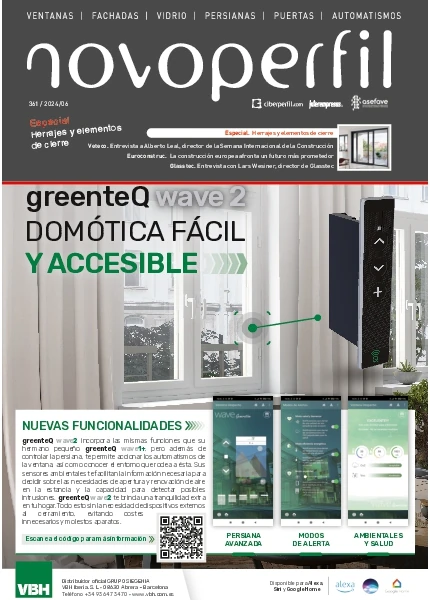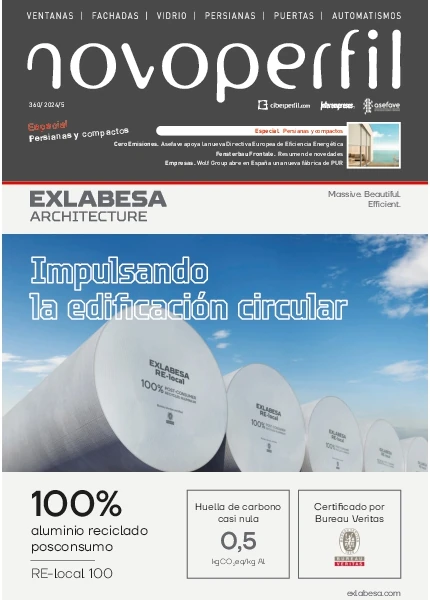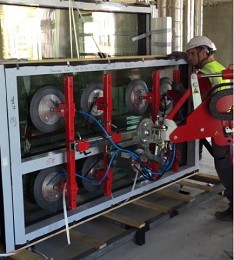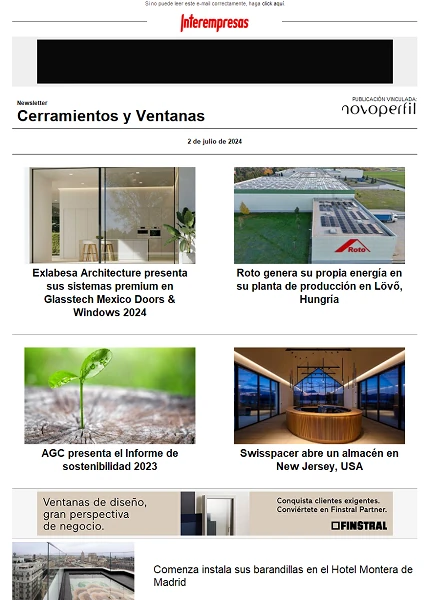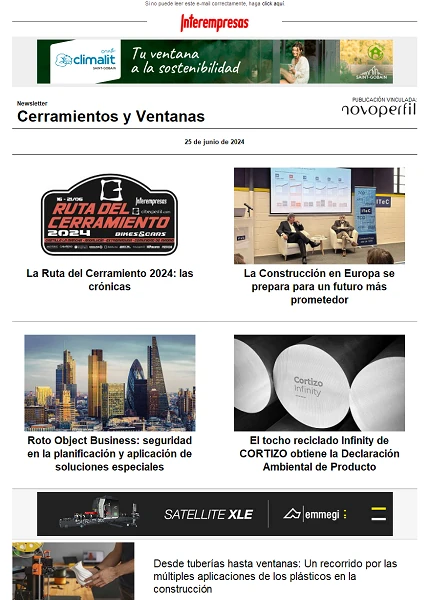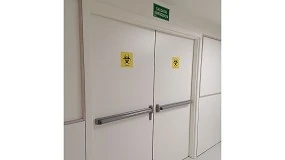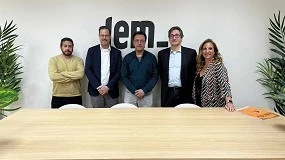PVC, a great energy saving Windows
September 21, 2009
The plan aims to reduce 8.5% of current private energy consumption and 20% of oil imports. Both the specific and urgent measures to take to the completion of this plan of action have major impact on the building and also about the sector of the glass enclosure.
Most of the use of energy and, in the same proportion of the emissions of carbon dioxide CO2 into the atmosphere are associated with buildings, with a 60 per cent to the residential buildings (the percentage is higher because there are more buildings) and 7% to office buildings. As considerations for reducing consumption be used economic, or environmental reasons using new energy techniques which are less aggressive to the environment without forgetting the passive measures.

According to experts, the PVC Windows are key to comply with the requirements of the Kyoto Protocol.
Photo: Tomek L.The new CTE is an improvement in the energy demand of the building, which is intended to limit the demand for energy in the envelope by reducing the most important demand of buildings: heating and cooling. In this sense the normative framework on the energy efficiency of the building is complemented by the certification of the energy efficiency of compulsory provision since January 19, 2007. This certificate allows to increase standards in construction to ensure a better energy. This requires the delivery of a certificate that allows to know what could be regarded as an energy record of the building, a label of energy efficiency with the power to evaluate it previously sellers. The study of the life cycle of materials which basically consists of analyzing the amount of energy that a material consumes from its origin until the end of its useful life (cost of extraction) is very important in this energy study(manufacturing, production and transport of the elements, costs of maintenance during their lifetime and cost to transform the inert and non-polluting material waste). The energy incorporated into materials represents 33% of the energy used in the life of the building.
The technical building code and the control of demand
The new code the CTE building technician, and in particular of the core document have (energy saving), the objective will be to meet the basic demands of the energy demand limitation to achieve thermal welfare. By which buildings must have an envelope of features appropriate depending on the climate of the town, from the use of the building and the regime of summer and winter, as well as of its insulation and inertia, permeability to air and exposure to solar radiation. Reduces the risk of appearances of humidity of superficial and interstitial condensation that can harm their characteristics, properly dealing with the thermal bridges and to avoid the higrotérmicos in the same problems.
The requirement also strikes a balance between frames and glasses of the holes, in such a way that provides a filter for each of them. The consequence of this requirement is to be necessary to include a minimum thermal protection on all doors and Windows.
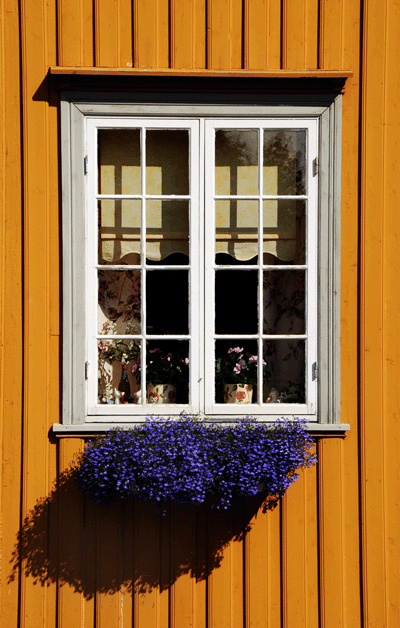
Photo: Victor Iglesias.
Technical considerations of energy saving in the PVC carpentry
The installation of PVC Windows reduces the energy consumption in households 45% in comparison with the aluminum and 15% with the wood according to a study conducted by the Polytechnic University of Catalonia. This is, according to experts, a material key to comply with the requirements of the Kyoto Protocol.
In addition, the PVC Windows reduce CO2 emissions to the atmosphere by 161% for aluminium Windows and 52 per cent over the wooden Windows.
PVC is the most used for the manufacture of Windows product in major countries of Europe for over 50 years.
A PVC window stays in perfect state of use during his long life and almost maintenance-free. In addition, it is resistant to almost all common chemical agents today, and does not produce harmful gases that pollute the atmosphere.
To be a synthetic resin is an inert material so that it does not affect the salinity of the sea, is insensitive to moisture, imputrescible and is highly recommended in aggressive environments. As a special feature is also antibactericida, supports disinfectants recommended for use and Assembly in hospitals, geriatric homes and children's centres.
Vinyl 2010
The conclusions that were set in the Johannesburg Declaration on 'Production and sustainable consumption, energy and chemical products' are common to the commitments of the Vinyl 2010 programme. All efforts are aimed at contributing to the evolution of communities and societies equitable and sustainable, both in the industry in general as in the companies in the private sector with accountability, legality and transparency.
The Vinyl 2010, legal entity established in the year 2000 project, is aimed at the management and oversight responsibility for the actions undertaken as part of the commitment to protect the product of PVC throughout its life cycle. This project encourages research in medium and long term of the manufacture of PVC, additives, plasticizers and stabilizers, waste management and progress and social dialogue.


